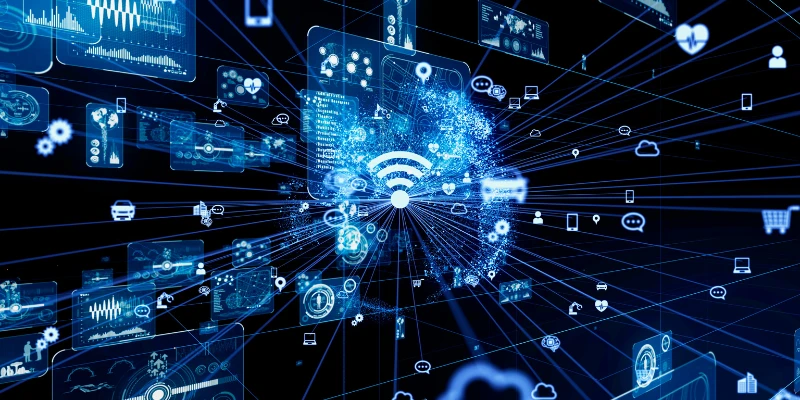The future of IT infrastructure is more critical than ever as businesses adapt to rapid technological advancements, evolving cybersecurity threats, and the demands of a digital-first economy. Traditional infrastructures are being replaced by cloud-driven, AI-powered, and software-defined models that offer greater flexibility, scalability, and efficiency. With global enterprises competing in highly dynamic markets, the way IT infrastructure evolves will directly shape innovation, customer experience, and profitability.
As we move toward 2025 and beyond, IT infrastructure is no longer just about maintaining networks and servers—it’s about enabling real-time decision-making, automation, and resilience. Organizations are leveraging hybrid cloud, edge computing, SD-WAN, and AI to stay ahead. These innovations are not just trends but necessities for businesses that want to thrive in an unpredictable digital environment.
This article explores the key trends defining the future of IT infrastructure, offering insights into how enterprises can build future-ready, secure, and growth-focused ecosystems.
1. Rise of Hybrid and Multi-Cloud Environments
Enterprises are no longer relying on a single cloud provider. Instead, businesses are adopting hybrid and multi-cloud models to ensure flexibility, cost efficiency, and data security.
Hybrid cloud enables workload distribution across on-premises and public clouds.
Multi-cloud strategies minimize vendor lock-in and improve resilience.
Best Practice: Adopt hybrid cloud migration strategies to ensure smooth scalability.
2. Edge Computing and Edge PoPs (Points of Presence)
With the rise of IoT devices and 5G, data needs to be processed closer to the user. Edge computing is helping businesses reduce latency, enhance speed, and improve real-time decision-making.
Edge PoPs are becoming critical for remote workforce connectivity.
Industries like healthcare, manufacturing, and smart cities are leading adoption.
3. The Shift from MPLS to SD-WAN
Legacy MPLS systems are costly and less flexible. By 2025, SD-WAN adoption will dominate enterprise networking in India and worldwide.
SD-WAN offers cost-effective, secure, and scalable solutions.
It integrates seamlessly with cloud-based applications.
4. AI and Automation in IT Infrastructure
Artificial intelligence is no longer a futuristic concept—it is a core driver of IT operations.
AI enhances network monitoring and threat detection.
Predictive analytics help prevent downtime.
AI-driven NOC and SOC services strengthen infrastructure security.
5. 24/7 Network Monitoring and Business Continuity
Businesses cannot afford downtime. With real-time monitoring tools, enterprises can detect and resolve issues before they escalate.
24/7 network monitoring ensures service reliability.
It directly supports business continuity and customer trust.
Conclusion
The future of IT infrastructure is a journey toward intelligent, flexible, and secure ecosystems that can withstand the challenges of tomorrow. Businesses adopting hybrid cloud strategies, SD-WAN connectivity, AI-powered automation, and 24/7 monitoring will not only reduce costs but also improve agility, scalability, and security. These investments will define the difference between companies that lead in innovation and those that struggle to keep pace.
By 2025, IT infrastructure will play an even more significant role in ensuring business continuity, customer trust, and operational efficiency. Enterprises that embrace modernization today are preparing themselves for long-term resilience and growth.
At Jeebr Internet Services, we specialize in building future-ready IT infrastructures that combine speed, security, and scalability—empowering businesses to succeed in the digital era.

